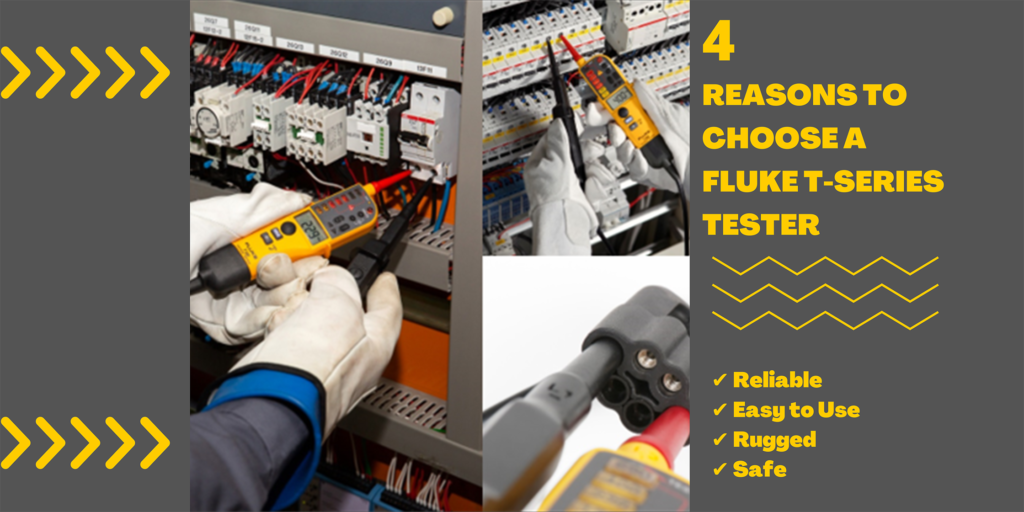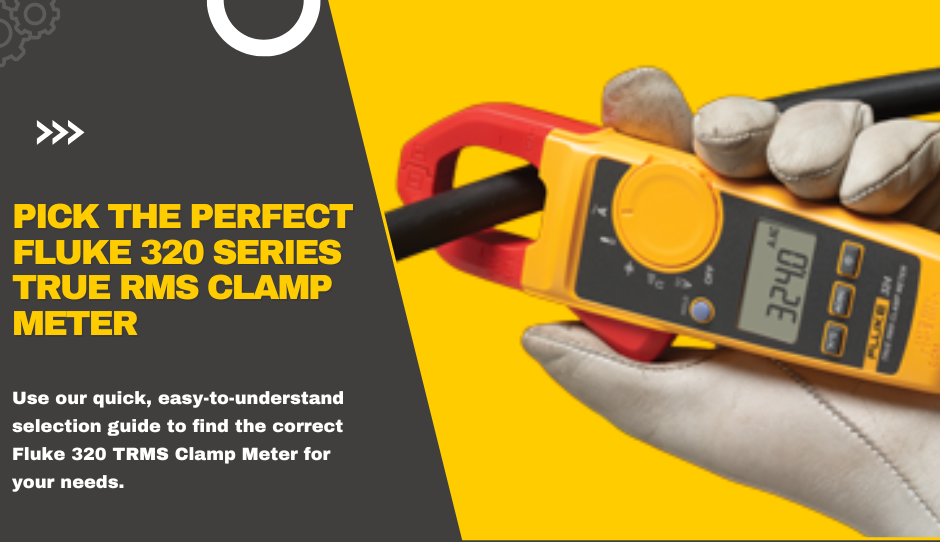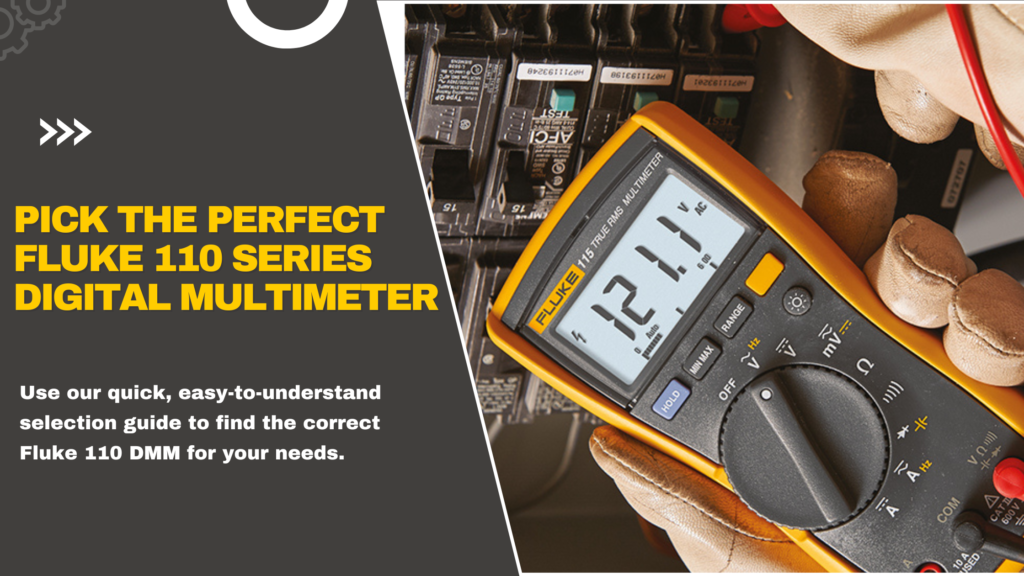 FREE High Voltage Testing Workshop on Thursday 20th March at PASS – Leeds - Postcode: LS12 6AJ.
Join us for a High Voltage Testing Workshop on “How to Use Test Equipment for High Voltage Testing & Commissioning”, presented by T&R Test Equipment Ltd.
Continue reading →
FREE High Voltage Testing Workshop on Thursday 20th March at PASS – Leeds - Postcode: LS12 6AJ.
Join us for a High Voltage Testing Workshop on “How to Use Test Equipment for High Voltage Testing & Commissioning”, presented by T&R Test Equipment Ltd.
Continue reading →Electrical
-
FREE High Voltage Testing Workshop
 FREE High Voltage Testing Workshop on Thursday 20th March at PASS – Leeds - Postcode: LS12 6AJ.
Join us for a High Voltage Testing Workshop on “How to Use Test Equipment for High Voltage Testing & Commissioning”, presented by T&R Test Equipment Ltd.
Continue reading →
FREE High Voltage Testing Workshop on Thursday 20th March at PASS – Leeds - Postcode: LS12 6AJ.
Join us for a High Voltage Testing Workshop on “How to Use Test Equipment for High Voltage Testing & Commissioning”, presented by T&R Test Equipment Ltd.
Continue reading → -
5 Reasons You Need a Fluke Laser Level
 Laser levels are integral to most electrical and HVAC installation and retrofitting applications. That’s why Fluke has developed a line of professional-grade laser levels and point-to-point tools specifically for electricians and HVAC engineers. Incorporating Fluke’s trademark precision, resilience, and reliability, these laser levels are perfect for professionals looking to improve their efficiency and accuracy. If you still need convincing, below are five reasons you need a Fluke laser level.[1]
Continue reading →
Laser levels are integral to most electrical and HVAC installation and retrofitting applications. That’s why Fluke has developed a line of professional-grade laser levels and point-to-point tools specifically for electricians and HVAC engineers. Incorporating Fluke’s trademark precision, resilience, and reliability, these laser levels are perfect for professionals looking to improve their efficiency and accuracy. If you still need convincing, below are five reasons you need a Fluke laser level.[1]
Continue reading → -
Top 10 Things Electricians Wish You Wouldn’t Do
 A recent survey of electricians revealed the ten most common and dangerous electrical mistakes made in British homes. Hundreds of UK electricians were questioned about which electrical errors they encountered most often and were then asked to rank these mistakes in the order of severity. The investigation comes in the wake of findings that 49% of Brits have interfered with their home’s electrics. We have summarised the results of the report, initially published in ECN magazine, below.[1]
Continue reading →
A recent survey of electricians revealed the ten most common and dangerous electrical mistakes made in British homes. Hundreds of UK electricians were questioned about which electrical errors they encountered most often and were then asked to rank these mistakes in the order of severity. The investigation comes in the wake of findings that 49% of Brits have interfered with their home’s electrics. We have summarised the results of the report, initially published in ECN magazine, below.[1]
Continue reading → -
International Women’s Day: Embracing Equity is Essential for the Survival of the Trades
 Impending net-zero targets as well as an ongoing labour shortage and skills gap make it more imperative than ever to address gender disparity across the trades. When it comes to trade sectors, such as heating, electricity, and plumbing, women represent an untapped talent pool. Embracing equity to make these career paths more palatable to women is an excellent way to attract female workers to the industries. Training women in the latest techniques and technologies will go a long way to addressing the labour and skills shortfall and helping the nation to meet net-zero targets. It also presents new financial opportunities that may have been previously overlooked.
Continue reading →
Impending net-zero targets as well as an ongoing labour shortage and skills gap make it more imperative than ever to address gender disparity across the trades. When it comes to trade sectors, such as heating, electricity, and plumbing, women represent an untapped talent pool. Embracing equity to make these career paths more palatable to women is an excellent way to attract female workers to the industries. Training women in the latest techniques and technologies will go a long way to addressing the labour and skills shortfall and helping the nation to meet net-zero targets. It also presents new financial opportunities that may have been previously overlooked.
Continue reading → -
4 Reasons to Choose a Fluke T-Series Two Pole Voltage & Continuity Tester
 Critical to ensuring safe working practices, experienced, professional electricians know they can rely on Fluke’s T-Series of Two-Pole Voltage & Continuity Testers to deliver reliable voltage and continuity detection and readings (model dependent). Fluke’s T-Series Two Pole Voltage & Continuity Detectors are built with state-of-the-art measurement and safety technology; however, if you’re still on the fence about purchasing one of these indicators, here are four reasons why you should pick a Fluke T-Series Two-Pole Voltage & Continuity Tester.
Continue reading →
Critical to ensuring safe working practices, experienced, professional electricians know they can rely on Fluke’s T-Series of Two-Pole Voltage & Continuity Testers to deliver reliable voltage and continuity detection and readings (model dependent). Fluke’s T-Series Two Pole Voltage & Continuity Detectors are built with state-of-the-art measurement and safety technology; however, if you’re still on the fence about purchasing one of these indicators, here are four reasons why you should pick a Fluke T-Series Two-Pole Voltage & Continuity Tester.
Continue reading → -
Choosing the Right Fluke 320 Series True-RMS Clamp Meter
 Fluke’s 320 Series True-RMS Clamp Meters are the troubleshooting tools of choice for many commercial and residential electricians. They’re robust, ergonomic, and provide noise-free, reliable results allowing you to diagnose problems confidently. However, it can be difficult to know which Fluke 320 model is right for you. Thankfully, we’ve partnered with Fluke to bring you a clear, comprehensive selection guide to help you choose the perfect Fluke 320 Series Clamp Meter quickly and with minimal effort.
Continue reading →
Fluke’s 320 Series True-RMS Clamp Meters are the troubleshooting tools of choice for many commercial and residential electricians. They’re robust, ergonomic, and provide noise-free, reliable results allowing you to diagnose problems confidently. However, it can be difficult to know which Fluke 320 model is right for you. Thankfully, we’ve partnered with Fluke to bring you a clear, comprehensive selection guide to help you choose the perfect Fluke 320 Series Clamp Meter quickly and with minimal effort.
Continue reading → -
Choosing the Right Fluke 110 Series Digital Multimeter
 The enduring popularity of Fluke’s 110 Series True RMS Digital Multimeters means they can be found on many an electrician’s toolbelt. However, with each model in the series optimised for specific applications and/or environments, it can be difficult to know which model is right for you. To help, we’ve partnered with Fluke to bring you the ultimate, easy-to-understand selection guide so you can quickly pick out the 110 Series Digital Multimeter that’s perfect for you.
Continue reading →
The enduring popularity of Fluke’s 110 Series True RMS Digital Multimeters means they can be found on many an electrician’s toolbelt. However, with each model in the series optimised for specific applications and/or environments, it can be difficult to know which model is right for you. To help, we’ve partnered with Fluke to bring you the ultimate, easy-to-understand selection guide so you can quickly pick out the 110 Series Digital Multimeter that’s perfect for you.
Continue reading → -
Why Do Electrical Contractors Need Thermal Cameras?
Thermal imaging cameras have been around for some time. Fluke's, Hikmicro's, and Teledyne FLIR's new and improved collections of cameras cater for all users and all budgets; so now is a great time to review what's new and add one to your toolbox. Continue reading → -
Power Quality Analysis is now more Affordable
Three-phase power quality analysis has never been more affordable with the launch of the Fluke 1730 energy logger, which is 25 percent cheaper than earlier models. Three-phase AC electrical supply has a number of advantages over single-phase as the phase currents cancel each other out, allowing reduced neutral wire size in the case of star wiring or to eliminate it altogether in the case of delta wiring. Continue reading → -
What to Look for when Buying Test Leads
There are a huge number of test leads that are available on the market today with prices ranging from a few pounds to over a hundred. How do you work out which leads are suitable for the tests that you wish to run? Continue reading →


